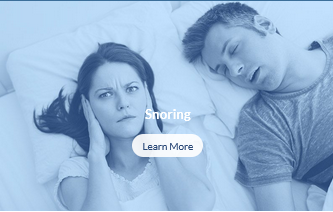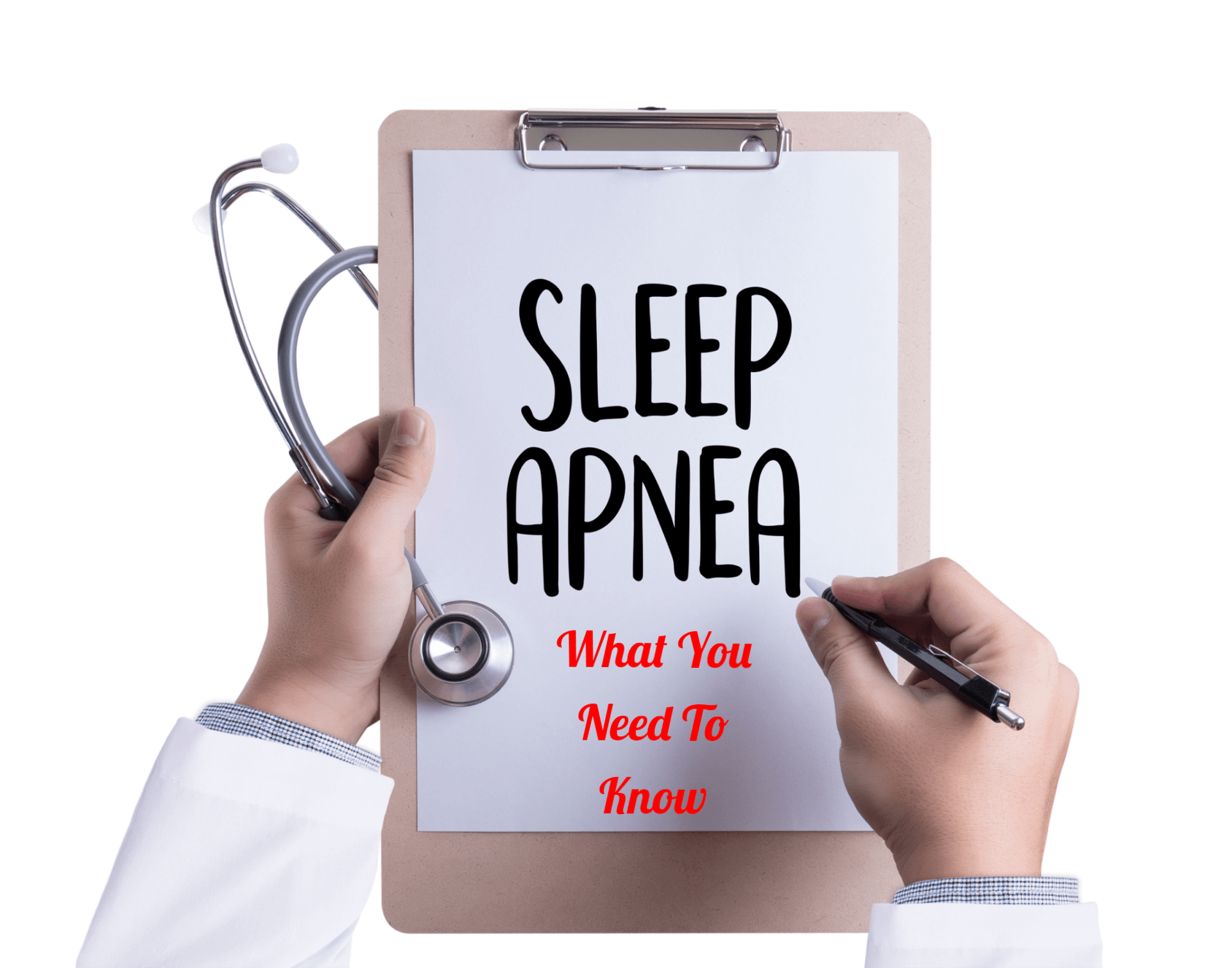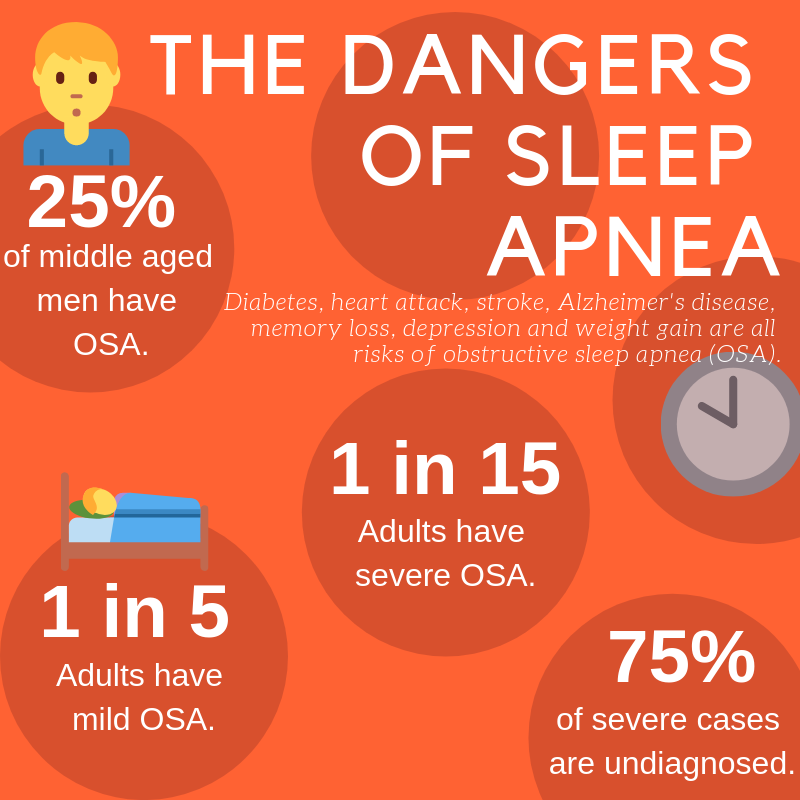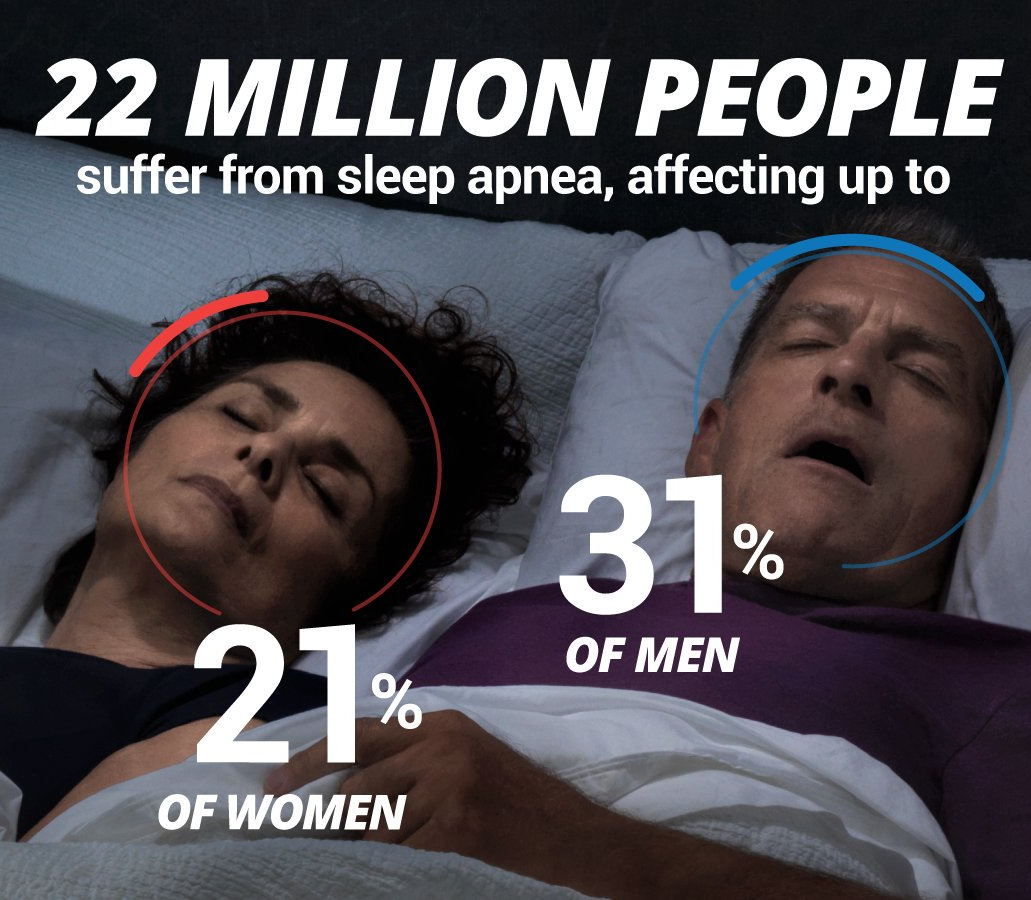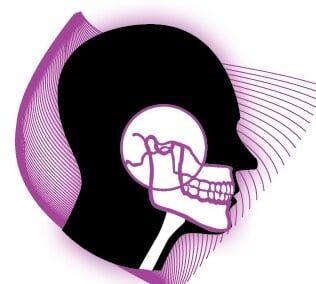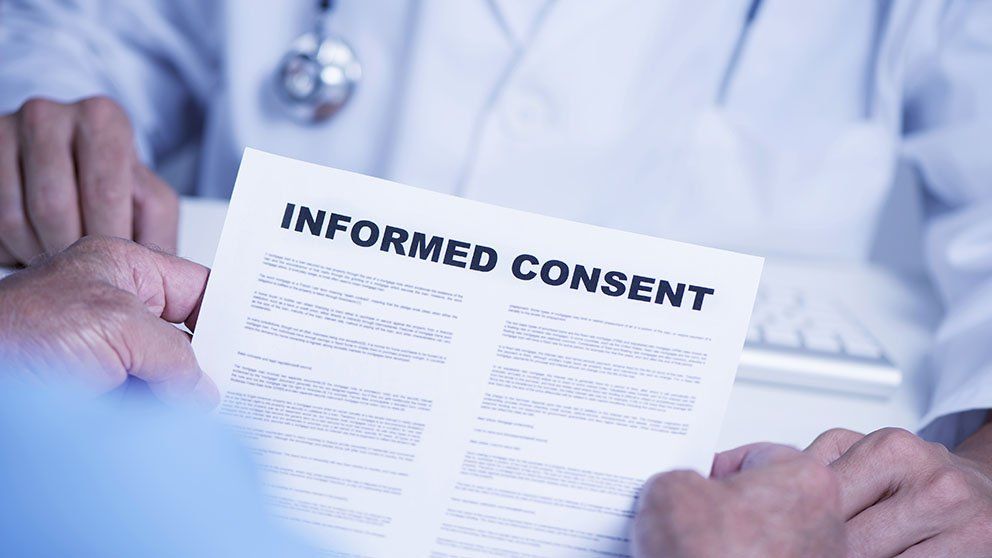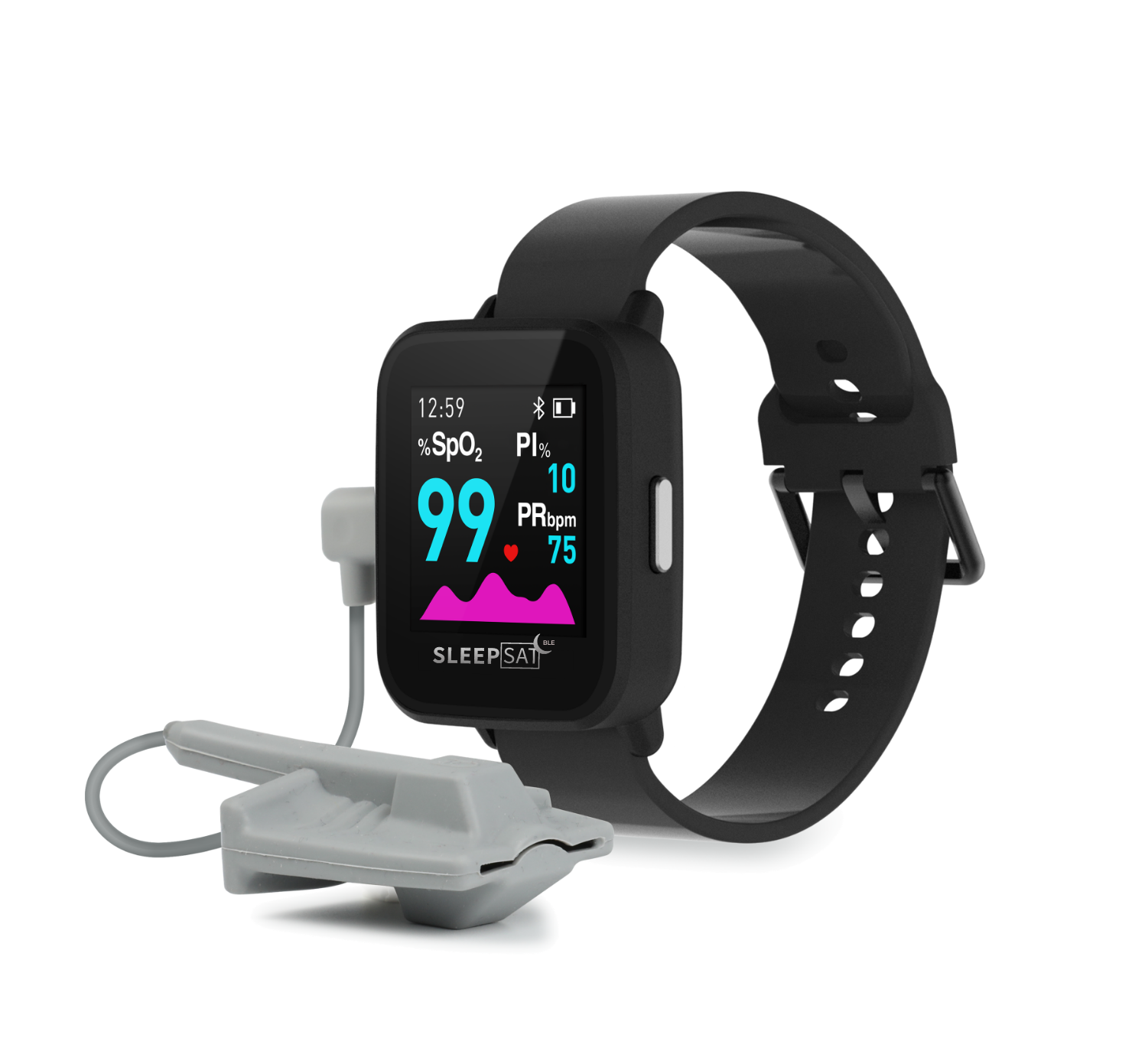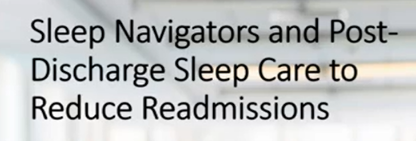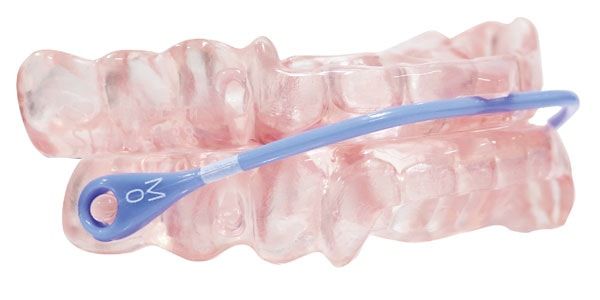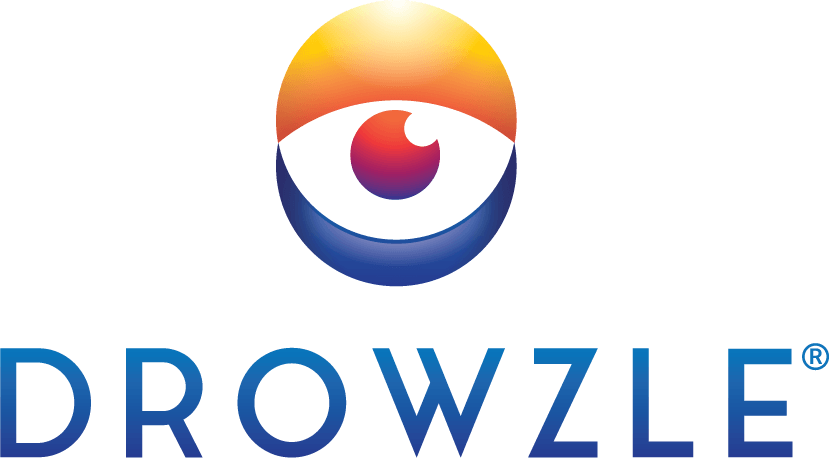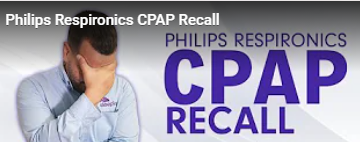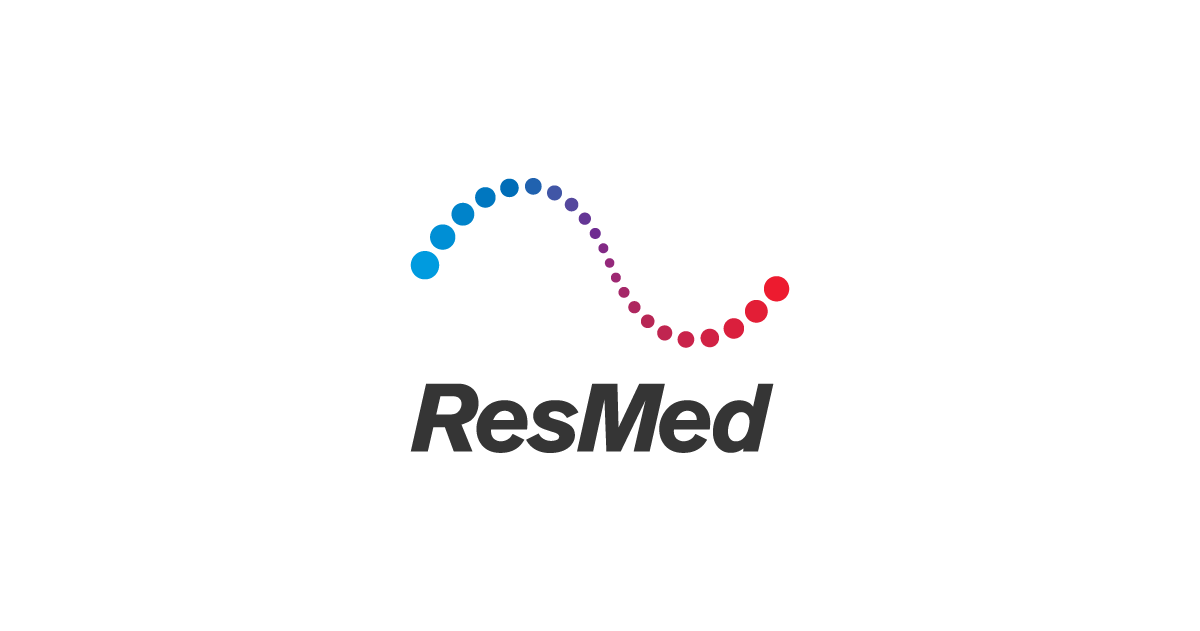The Link Between Sleep Apnea and MS
Up to 60% of people who suffer from MS experience some sleep disturbances that contribute to MS-related fatigue.
Multiple sclerosis (MS) is an auto immune disorder accompanied by fatigue and sleep woes. This disorder affects our brain and spinal cord. Up to 60% of people who suffer from MS experience some sleep disturbances that contribute to MS-related fatigue. A new study showed that MS patients are at greater risk to develop obstructive sleep apnea.
Obstructive sleep apnea (OSA) is a disorder where the upper airway collapses during sleep, and as a result, the airflow is blocked. People who suffer from obstructive sleep apnea struggle to restore airflow during their sleep, at this time they are partially awakened and their sleep is interrupted.
Unlike obstructive sleep apnea, where patients make an effort to breathe, central sleep apnea (CSA) is a sleep disorder where patients suffer a lack of effort to breathe during their sleep. Both conditions may be responsible for poor quality sleep and low blood oxygen levels during the night. OSA and CSA are likely to be found in MS patients.
Even though the reasons are not fully understood, scientists suggest that these disorders develop due to changes in brainstem function caused by Multiple Sclerosis. Our drive to breathe when we are not awake, as well as the open airway when we sleep, can be attributed to the brainstem. In MS the respiratory drive and the pathways that control upper airway muscles are disrupted due to demyelinating lesions that may form in the brainstem.
The risk of severe OSA is increased in MS patients due to several commonly used medications such as sedatives, opioid-based medications, and medications for muscle spasticity that worsen both OSA and CSA. Some physical characteristics such as obesity, increased neck size, male gender, and age of more than fifty can also put patients at higher risk for OSA.
Something that we should be worried about is the possibility of being undiagnosed and thus untreated. That is why you need to know the symptoms and risk factors related to OSA so that you could prevent all short-and-long-term consequences that may appear as a result of sleep apnea.
If you have been diagnosed with MS, it is recommendable to discuss the possibility of obstructive sleep apnea with your doctor. Even though snoring is the most recognizable symptom of OSA, you shouldn`t delude yourself into believing that you don’t have OSA if you don’t snore.
Fatigue and Cognitive Impairment
Undiagnosed and untreated sleep apnea can lead to many life-shortening consequences such as cardiovascular disease, diabetes, depression, low levels of productivity, and worsened quality of life. Obstructive sleep apnea is known for exacerbating chronic symptoms experienced by people who suffer from MS. One of the most common symptoms is fatigue. Fatigue increasingly debilitating symptom that significantly lowers the quality of life.
Up to 70% of people with MS suffer cognitive impairment such as difficulties with verbal expression, thinking, information processing, and memory. Many of these symptoms have also been found in people who suffer from OSA.
Treatment Options
Symptoms that may appear if you suffer from sleep apnea are:
- Cognitive disturbances
- Pauses in breathing
- Snoring
- Daytime fatigue
- Nighttime awakenings
- Gasping or choking upon wakening
To diagnose sleep apnea an overnight study is needed. In the course of this study, your sleep and breathing are measured throughout the night. It is usually done in a sleep laboratory, but it can also be done with equipment that you can take home.
Fortunately, sleep apnea can be medically treated. Positive airway pressure therapy has so far been the most effective treatment for OSA. For this treatment, a mask is used. There is a wide range of mask choices and sizes, so together with your healthcare provider, you can find just the right one for you.
During the therapy air, a mask is used to blow air into the upper airway holding it open during sleep. There are different types of air pressure such as continuous positive airway pressure which is constant, bilevel positive airway pressure that includes different pressures when you inhale and exhale, or AutoPAP that is self-adjusting to your breathing.
Our physical and mental well-being largely depends on our sleep. The healthier our sleep is the better we feel. If we treat sleep disturbances, we may lessen the severity of the symptoms related to MS.
